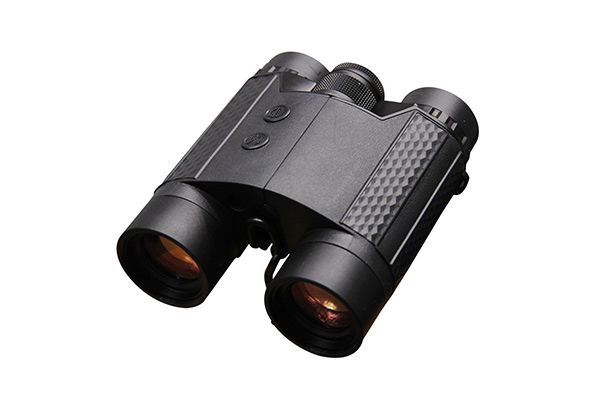To ensure the accuracy of laser measuring tool, their high precision primarily depends on their measurement principles. In terms of working modes (or principles), there are mainly two types: pulse laser measurement and continuous-wave laser measurement. The following are the principles and characteristics of these two measuring tools:
(1) Pulse Laser Measurement: The principle is to emit a very narrow light pulse (with a pulse width of less than 50 nanoseconds) toward the target using pulsed laser. Part of the light is reflected after reaching the target surface. By measuring the time interval for the light pulse to travel from emission to return to the receiver, the distance between the rangefinder and the target can be calculated. Assuming the measured distance is *h*, the round-trip time of the light pulse is *t*, and the propagation speed of light in the air is *c*, then the formula is: *h = ct/2*. Pulse laser rangefinders can emit powerful laser beams, enabling strong ranging capabilities. Even for non-cooperative targets, the maximum ranging distance can exceed 30,000 meters. Their ranging accuracy is generally 5 meters, with the highest reaching 0.15 meters. Pulse laser measuring tools can be used not only for military ranging of various non-cooperative targets but also for meteorological visibility and cloud height measurement, as well as precise ranging of artificial satellites.

(2) Continuous-Wave Laser Measurement Tools: These generally use the phase-shift method for ranging. The principle is to first emit a modulated continuous-wave laser beam toward the target. After the beam reaches the target surface and is reflected, the distance between the target and the receiver is obtained by measuring the phase difference between the emitted modulated laser beam and the echo received by the receiver. As shown above, since the frequency of the laser pulse can be selected to be very high and the wavelength of light is very short, the ranging accuracy is extremely high!
